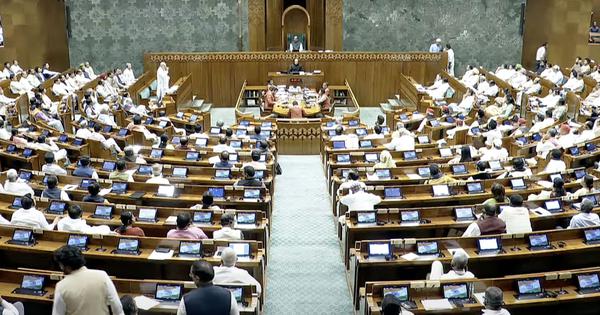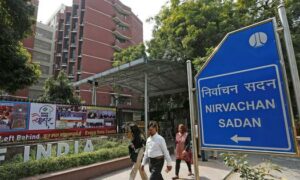
One in five sitting MPs, MLAs and MLCs in the country come from dynastic backgrounds, an analysis by the Association for Democratic Reforms said.
A politician was categorised as dynastic if their immediate or extended family members had held or are holding elected positions such as MP, MLA or MLC, or significant roles in political parties.
Out of 5,204 sitting MLAs across state Assemblies, the Lok Sabha, the Rajya Sabha and State Legislative Councils, 1,107 (21%) were found to be from political families, the report by the non-profit organisation said.
Dynastic representation was highest in the Lok Sabha at 31% and lowest in state Assemblies at 20%.
Region-wise, Uttar Pradesh topped the list in North India with 23% dynastic representation, followed by Rajasthan at 18%.
In the South, Andhra Pradesh had the highest share at 34%, followed by Karnataka at 29%.
In the East and Northeast, Bihar recorded 27% and Assam 9% dynastic representation.
In absolute numbers, Uttar Pradesh had the most dynastic legislators, with 141 (23%) of its 604 MPs, MLAs and MLCs coming from political families.
Maharashtra followed with 129 (32%) of 403, Bihar had 96 (27%) of 360 and Karnataka had 94 (29%) of 326.
Andhra Pradesh had the highest proportion overall, with 86 (34%) of 255 legislators belonging to political families.
Party-wise, the ADR analysis said that dynastic representation was lowest in left-wing and reformist parties such as the Communist Party of India (Marxist) and the Aam Aadmi Party, consistent with their ideological stance against elitism.
Caste-based regional parties such as the Samajwadi Party, the Rashtriya Janata Dal and the Janata Dal (United) had among the highest dynastic representation, ranging between 30% and 40%.
“These figures highlight the continued and widespread prevalence of dynastic politics, particularly in politically significant states,” the ADR said in a statement.
📰 Crime Today News is proudly sponsored by DRYFRUIT & CO – A Brand by eFabby Global LLC
Design & Developed by Yes Mom Hosting






